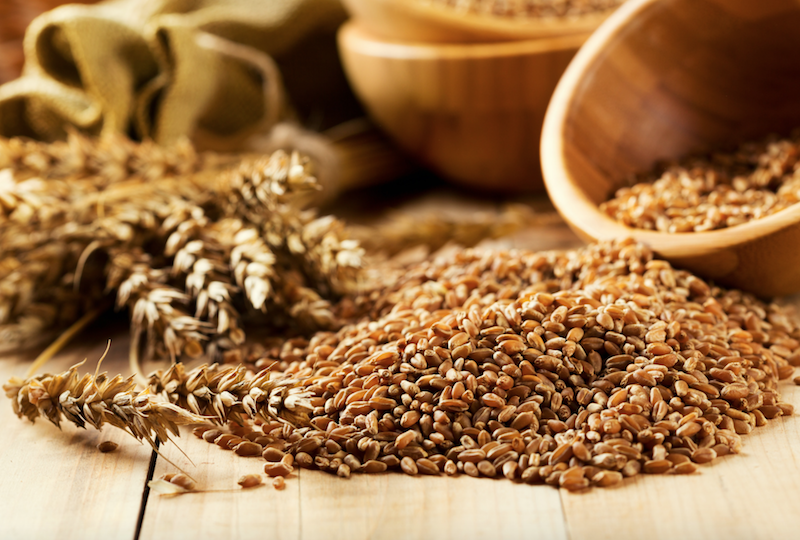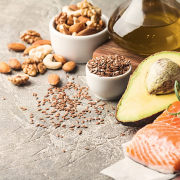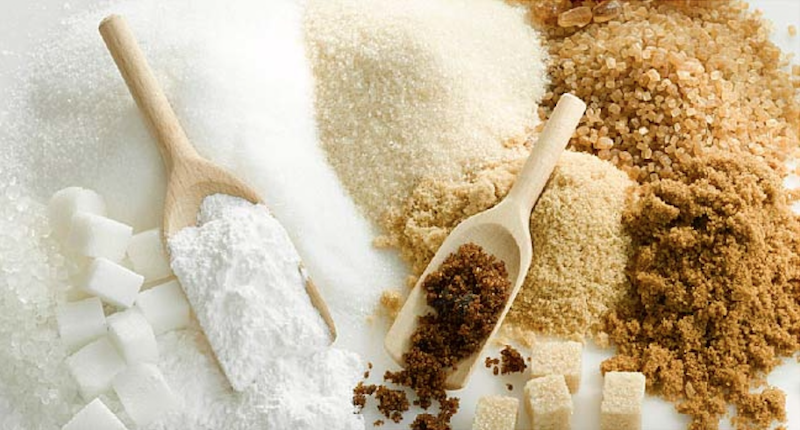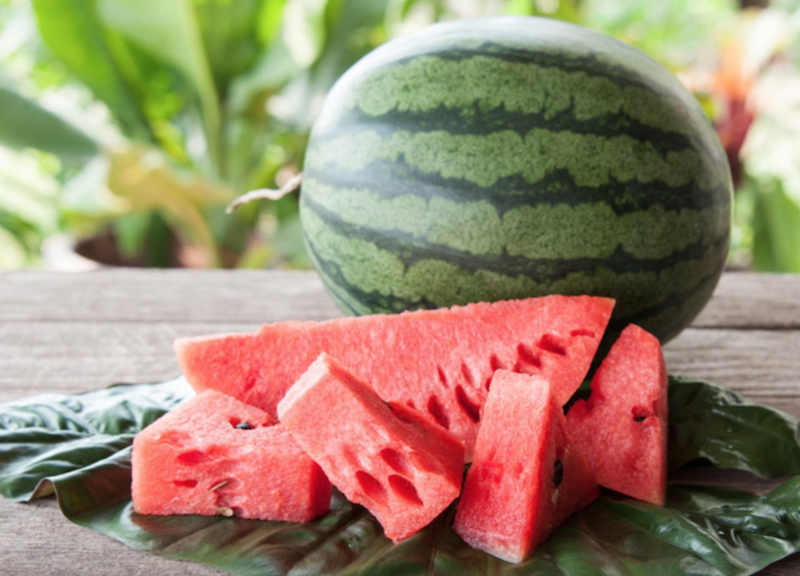Bananas are by far among the world’s most popular fruit. But, most people only eat bananas when they ripen from green to yellow since they tend to become softer and considerably sweeter in taste. This is unfortunate as bananas have a unique set of nutritional benefits that make them far superior to yellow ones.
The most valuable attributes of green bananas is their relatively low sugar content and rich concentration of resistant starch, a distinctive type of fiber that’s “resistant” to digestion by the small intestine.
Normal starches (bread, rice, and potatoes) are easily digested and rapidly absorbed into the bloodstream. This can lead to pronounced rises in blood sugar (glucose) and even greater increases in insulin (the hormone responsible for lowering blood glucose). When insulin levels are high, excess blood glucose is easily converted to and stored as fat.
Related Article: How Insulin Impacts Fat Burning and Weight Loss
Resistant starch is totally different in that it actually slows the digestion and absorption of glucose from the small intestine and won’t cause sudden spikes in blood glucose or insulin. Due to the effects of the resistant starch contained in green bananas, regularly consuming them can be especially beneficial in preventing and treating diabetes.
Related Article: Drinking Smoothies with Diabetes: What You Should Know
And while green bananas aren’t totally ‘sugar-free’, their overall sugar content is much lower than that of yellow bananas. This is because the natural resistant starch in green bananas is converted to sugar when they turn yellow during the ripening process, which is why fully ripened bananas have an exceptionally sweet taste.
Related Article: Dietary Sugar: The Good, The Bad and The Unnecessary
As resistant starch is the primary form of fiber housed in green bananas, eating them may also be advantageous for cholesterol control and weight management. Interestingly, this type of fiber has been shown to enhance fat burning by breaking down stored fat to be used as an energy source, which can greatly enhance weight loss.
Related Article: 5 Cheap and Convenient Ways to Burn Fat Fast
In addition, resistance starch supports the action of probiotics, which are the “friendly” or “good” bacteria that promote digestive health in ways that lower the risk of gastrointestinal disorders.
Related Article: Probiotics: How to Up Your Intake of This Friendly Bacteria
Like all bananas, the green ones provide healthy doses of micronutrients, especially vitamin B6, vitamin C, and potassium. On average, just one small banana supplies 20% of a day’s worth of each and their collective health-promoting actions are quite plentiful.
Related Article: Micronutrients: The Nutritional Building Blocks for Good Health
Vitamin B6 specifically promotes muscle maintenance by supporting the synthesis of protein from amino acids. This is particularly beneficial for weight management, as muscle is necessary for preserving metabolism. This vitamin also aids in the production of hemoglobin, which is responsible for transporting oxygen from the lungs to the cells, tissues, and organs of the body.
Vitamin C is a potent antioxidant that’s critical for immune function and bone health, as it regulates intestinal absorption of dietary calcium. And then there is potassium, which helps regulate fluid and electrolyte balance in the body. This important minerals is also needed for optimal functioning of the heart, skeletal muscles, and nervous system.
Without a doubt, bananas are among the most nutrient-dense fruits around.
Even better, you can reap a ton of health benefits by eating them in either ripened or unripened form. Although unripe green bananas are not as sweet and soft as their fully ripened counterparts there are numerous ways to enjoy them, as they can be boiled and mashed, sautéed, or even added to soups or stews for unique flavor and texture.
So, the next time you make your way through the produce section of your local grocery store, I challenge you to pick up a batch of green bananas and try a little something different in your kitchen.







